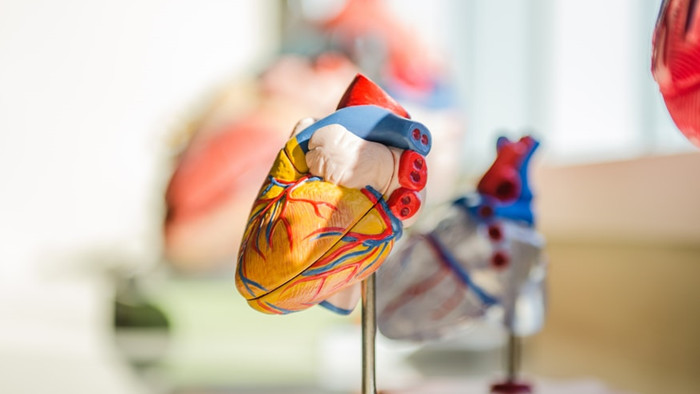New trends in the development of cardiovascular medical devices
New trends in the development of cardiovascular medical devices – Cheersonic
Cardiovascular disease (CVD) has long been a major pain point in the healthcare industry. Conditions such as stroke or IHD (Ischemic Heart Disease) cause a large number of deaths and sequelae worldwide. As a result, cardiovascular medical devices and their role in heart-related treatments have received increasing attention.

Minimally invasive treatment solutions become the development direction
Minimally invasive treatment has many advantages in the cardiovascular field and has been favored for many years because of its less trauma, less pain, and lower risk of complications compared to open surgery. In the mid-1990s, minimally invasive treatment was gradually applied to the clinic, when the first coronary and heart valve shunts were performed with minimal incision.
Thanks to the continuous progress and development of cardiovascular medical devices, minimally invasive surgery is favored by more and more doctors and patients. These advanced medical devices are the basis for minimally invasive surgery to become the preferred surgical option, as such procedures are highly dependent on catheters and other specialized medical devices that enter the body through small incisions for medical intervention, diagnosis and testing.
For example, innovative smart balloon catheter systems are equipped with electronics, sensors and other mechanical components. The design of these devices is still in the process of being refined, striving to provide ablation therapy, blood flow data, blood data, and electrical stimulation in one device.
Atrial fibrillation common in new crown patients
The most common symptoms of COVID-19 are a flu-like dry cough, fever and body aches. While initial reports focused on the disease’s impact on the respiratory tract, recent studies have begun to note that 10–20% of hospitalized patients with Covid-19 develop various heart-related complications, particularly atrial fibrillation. A study by researchers at the University of Pennsylvania showed that Covid-19 patients admitted to the ICU were 10 times more likely to develop severe cardiac arrhythmias, with atrial fibrillation accounting for almost 19–21% of all Covid-19 cases. This fully demonstrates that cardiovascular medical devices are becoming more and more important as the main treatment solution for heart-related diseases that have emerged during the epidemic.
Sophisticated, innovative cardiac ablation devices
Over the years, with the increasing burden of cardiovascular diseases on global medical care, the application of advanced treatment technologies will be greatly increased, and the cardiovascular device industry will usher in rapid and profitable growth in the future.
Cardiac ablation devices accounted for nearly 72% of the cardiovascular device market in 2020, and GMI expects its growth to accelerate in the future. The rising incidence of atrial fibrillation is a major reason for the growing popularity of such devices. These products address the growing demand for technological innovation in minimally invasive ablation and cardiac ablation devices.
The significant strengthening of the cardiovascular device market is due to a key factor – the risk of CVD and related health problems is now receiving greater attention. This is because public awareness programs of government agencies such as the Internet, private hospital heart programs, and the CDC have increased public health awareness. Consumers are becoming wary of heart disease symptoms, requiring early diagnosis and access to treatment. The rapid expansion of the elderly population will undoubtedly increase the potential of the medical device field.
Original Medtec China
Cheersonic is the leading developer and manufacturer of ultrasonic coating systems for applying precise, thin film coatings to protect, strengthen or smooth surfaces on parts and components for the microelectronics/electronics, alternative energy, medical and industrial markets, including specialized glass applications in construction and automotive.
